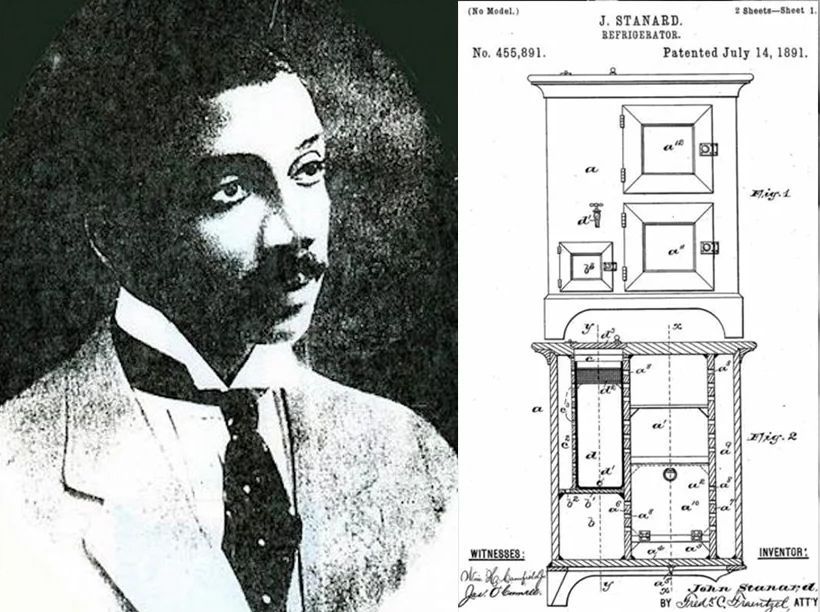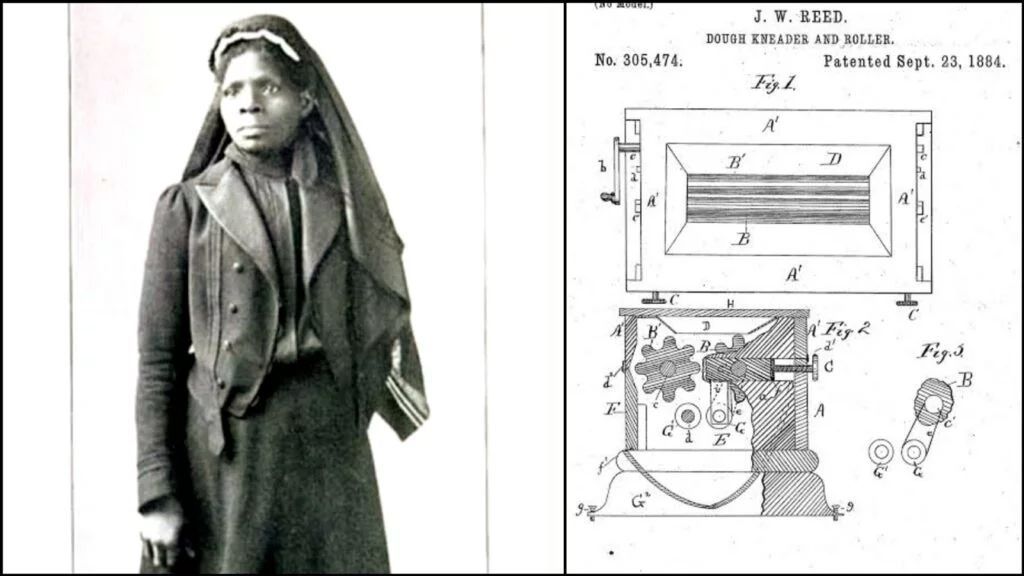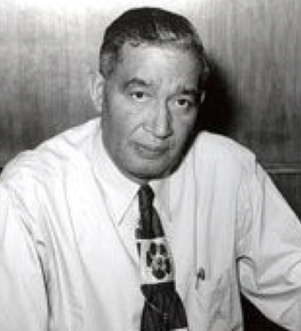Black History Month 2024
In celebration of Black History Month, let's take a moment to reflect on some of the most important contributors to the American Food System.
Henry Blair (1807-1860) was a farmer and inventor who patented two devices designed to boost agricultural productivity. He was the second African American to receive a US patent.
His first patent was for a corn planter (pictured) that enabled a more efficient and effective method of planting which also resulted in a more abundant yield.
Blair received his second patent for a cotton planter that simultaneously plowed and planted cotton seed while deterring weed growth. According to an 1836 article in The Mechanics’ Magazine, Blair’s planter could “save the labor of eight men”.
While there are no known photos of Martha Jones, the first Black woman to be granted a US patent (1868), we do have diagrams of her ingenious corn husker and sheller.
Jones’ invention represents a major step forward in agricultural processing. Her invention could husk, cut, and shell (separate cob from kernel) in one operation, marking a significant step forward in the automation of agriculture.
The husker/sheller was also capable of making a rough-cut meal of husks as a supplemental feed for farm animals, thereby reducing waste and upcycling a nutrient-rich by product in the process.
Robert Lloyd Smith (1861-1942) was born free in South Carolina during the first year of the civil war. He later moved to Texas where he built a career as a teacher, a politician, and a successful businessman.
Smith established the Farmers' Improvement Society in 1890, with the goal of guiding Black farmers to economic independence through home and farm ownership, cooperative buying, cash purchasing instead of credit buying, and raising most of their own food.
As a result of his efforts thousands of African Americans living in Texas, Oklahoma, and Arkansas at the onset of the twentieth century experienced an unprecedented socio-economic uplift and independence.
*Celebrating African American contributors to the food system during Black History Month*
John standard (1868-1900) was an inventor best known for his contributions to refrigeration and his space-saving design for oil stoves. His configuration for both essentials became the standard for millions of kitchen units manufactured and sold for decades.
The refrigerator patent drawing (pictured) shows a multi chambered interior with 3 compartments. One for ice, one for a water container, and a shelved compartment for refrigerated items. The interior had strategically placed holes to circulate cool air throughout the unit.


*Celebrating African American contributors to the food system during Black History Month*
Judy Reed lived in Washington DC and signed her patent with an “X”. Likely the third Black woman to receive a US patent, Reed lived at a time when Black women inventors received little recognition for their inventions and saw fewer profits.
She was issued a US patent in 1883 for her ‘Improved Dough Kneader and Roller’ (pictured). Her machine allowed bread dough to be more evenly mixed before getting rolled out into a covered chamber. With her invention, Reed directly contributed to advancing food processing efficiency.
*Celebrating African American contributors to the food system during Black History Month*
Frederick McKinley Jones was a prolific early 20th century black inventor who helped to revolutionize refrigeration. Between 1919 and 1945 he patented more than sixty inventions in divergent fields. He is best known for inventing the first automatic refrigeration system for trucks and as the first black inventor to receive the National Medal of Technology.
Jones’s invention, the Thermo King, transformed the shipping and grocery businesses. Grocery chains were now able to import and export products that previously could only have been shipped as canned goods. As a result, the frozen food industry was born and for the first time consumers could enjoy fresh foods from around the globe.















